
PART FOUR: Archetype
Author: Joseph Arco, President, Multimedia Marketing Group
About this White Paper Series (Highlight)
Neuromarketing is on the global business community’s mind today. Few marketing firms offer the rare combination of top-tier Neuromarketing expertise and actual client applications to explain how to use this marketing exploration breakthrough in the real, not the theoretical, world. As online social networking sites are deeply embedded in the majority of Americans’ lives today, Transmedia storytelling is a vital platform for your brand.
Scientific research in multiple fields, such as neuroscience, behavioral economics and psychology, have highlighted that consumers’ decisions are driven as much by gut instinct as considered thought. Yet how can marketers understand something as nebulous as “gut feel”?
What is an “Archetype” in the principles of Transmedia Storytelling?
The word “archetype” comes to us from the ancient Greek words “archein,” and “typos,” with mean “old,” and “pattern,” respectively. These “old patterns,” are recurring themes, characters and motifs that appear in various, recognizable forms throughout human history. Like all great stories where we all know the plot, archetypes help us meet on the same page with a resounding, “Oh, I understand,” and this becomes your cornerstone and is most relevant when telling your branded story. An archetype is a typical story character, an action or a situation that seems to represent such universal patterns of human nature. Archetypes are familiar characters to your audience, so they are able to create brand loyalty. Yet with familiar archetypes also comes the uniqueness of a particular brand. Roger Dooley, Neuromarketing scientist, states in his book “Brainfluence” that in 80% of cases we make a decision before being rationally aware of it.1
Archetypes and branded Transmedia Storytelling

Our brain, as many neuroscientists have proven, is hard-wired for stories that include an archetype.
An archetype, also known as universal symbol, may be a character, a theme, a symbol or even a setting for your filmed presentation. Many neuroscientists are of the opinion that archetypes, which have a common and recurring representation in a particular human culture or the entire human race, shape the structure and function of a Transmedia story when it relates to branded content. Most recently I watched the movie The 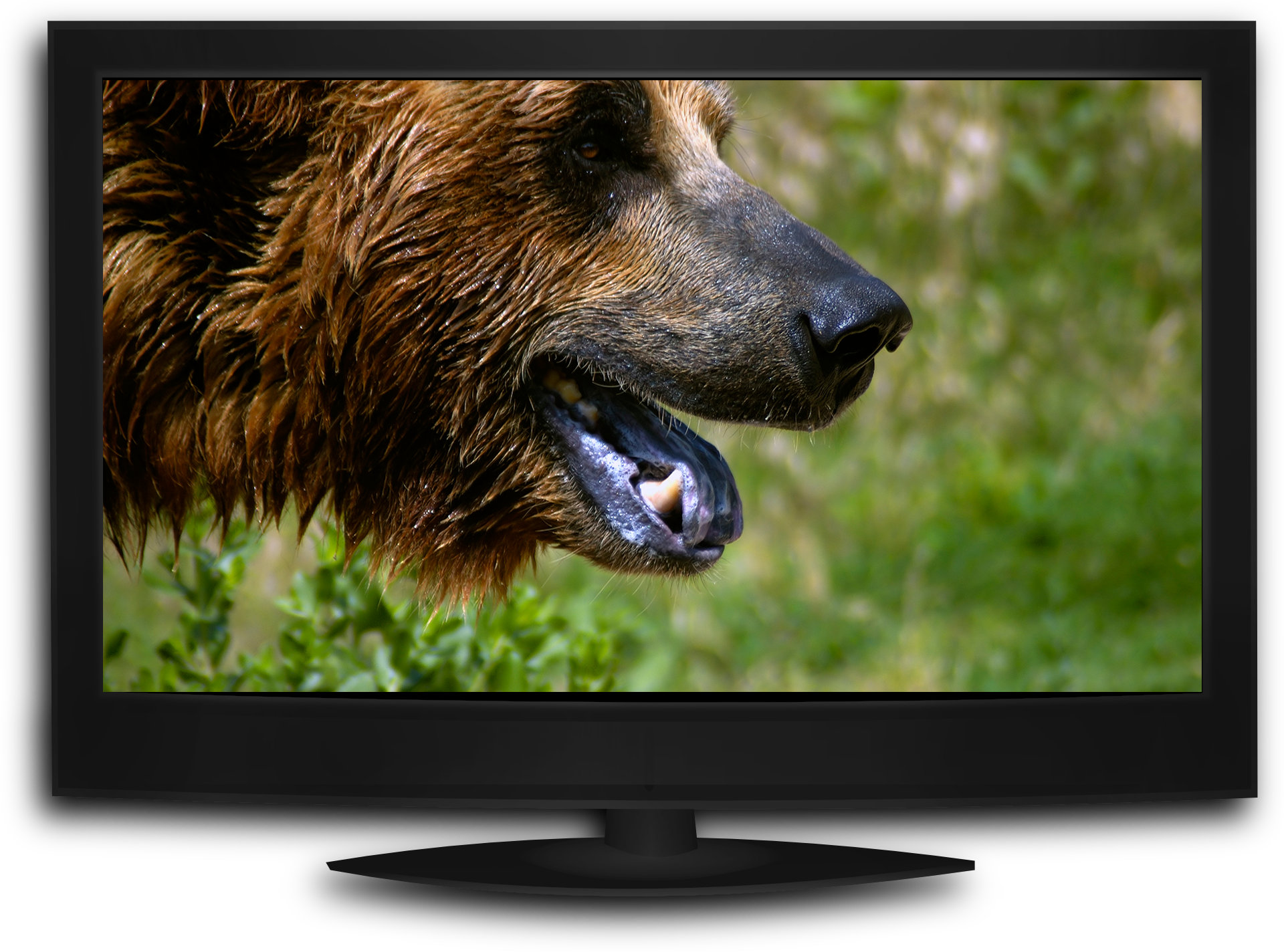 Revenant. In it The Hero is a character who predominantly exhibits goodness and struggles against evil in order to restore harmony and justice to society. The main character is also The Mentor; his task is to protect another main character – his son. It is through the wise advice and training of a mentor that the main character achieves success in the world. The movie also had a Doppelganger: a duplicate or shadow of a character that represents the evil side of his personality. Examples you may be aware of in popular literary works such as Shakespeare’s Hamlet, Mary Shelley’s Frankenstein, Poe’s William Wilson, and Stevenson’s Dr. Jekyll and Mr. Hyde. Archetypes also have situations. In The Revenant the main character’s journey is both physical and emotional, which assists the viewer to understand his personality and the nature of the world in which the hero lives. And of course, Good Versus Evil: It represents the clash of forces of goodness with those that illustrates evil and which was demonstrated in The Revenant repeatedly. It has been said and demonstrated unceasingly, in our modern movie going culture, “Make the good guys good, and the bad guys badder!” The Villain: A character whose main function is to go to any extent to oppose the hero or whom the hero must annihilate in order to bring justice. The use of archetypical characters and situations gives you an understanding to a Transmedia marketing story as a universal acceptance, as your viewers identify the characters and situations in their social and cultural context. By using common archetypes, you can impart realism to your story, as the situations and characters are drawn from the experiences of the world. Consequently, once you have decided what archetype figure best responds both to your audience and your values as a brand, you can translate the psychology you created for your brand into branded Transmedia Storytelling. Your storytelling requisite then can be attuned to the psychology of your audience based on your psychographic analysis of them.
Revenant. In it The Hero is a character who predominantly exhibits goodness and struggles against evil in order to restore harmony and justice to society. The main character is also The Mentor; his task is to protect another main character – his son. It is through the wise advice and training of a mentor that the main character achieves success in the world. The movie also had a Doppelganger: a duplicate or shadow of a character that represents the evil side of his personality. Examples you may be aware of in popular literary works such as Shakespeare’s Hamlet, Mary Shelley’s Frankenstein, Poe’s William Wilson, and Stevenson’s Dr. Jekyll and Mr. Hyde. Archetypes also have situations. In The Revenant the main character’s journey is both physical and emotional, which assists the viewer to understand his personality and the nature of the world in which the hero lives. And of course, Good Versus Evil: It represents the clash of forces of goodness with those that illustrates evil and which was demonstrated in The Revenant repeatedly. It has been said and demonstrated unceasingly, in our modern movie going culture, “Make the good guys good, and the bad guys badder!” The Villain: A character whose main function is to go to any extent to oppose the hero or whom the hero must annihilate in order to bring justice. The use of archetypical characters and situations gives you an understanding to a Transmedia marketing story as a universal acceptance, as your viewers identify the characters and situations in their social and cultural context. By using common archetypes, you can impart realism to your story, as the situations and characters are drawn from the experiences of the world. Consequently, once you have decided what archetype figure best responds both to your audience and your values as a brand, you can translate the psychology you created for your brand into branded Transmedia Storytelling. Your storytelling requisite then can be attuned to the psychology of your audience based on your psychographic analysis of them.
The Biological Basis of Story Archetypes
Storytelling is a buzzword that’s thrown around casually in the marketing world these days. Every marketer needs to access the power of storytelling. Countless studies have surfaced on the biological basis of stories: by engrossing our story-hungry minds with “once upon a time,” they can influence our hopes, fears, attitudes, and values more than any other type of communication. For brands, telling a captivating story can instill loyalty in your community and leave a lasting impression on your prospective audience.
A filmed story presentation needs to have characters you want your audience to root for. You need to have a conflict that keeps people on the edge of their seat. You need to have a story arc that raises, climaxes, and falls with the hero’s journey as a one of the many Archetypes.
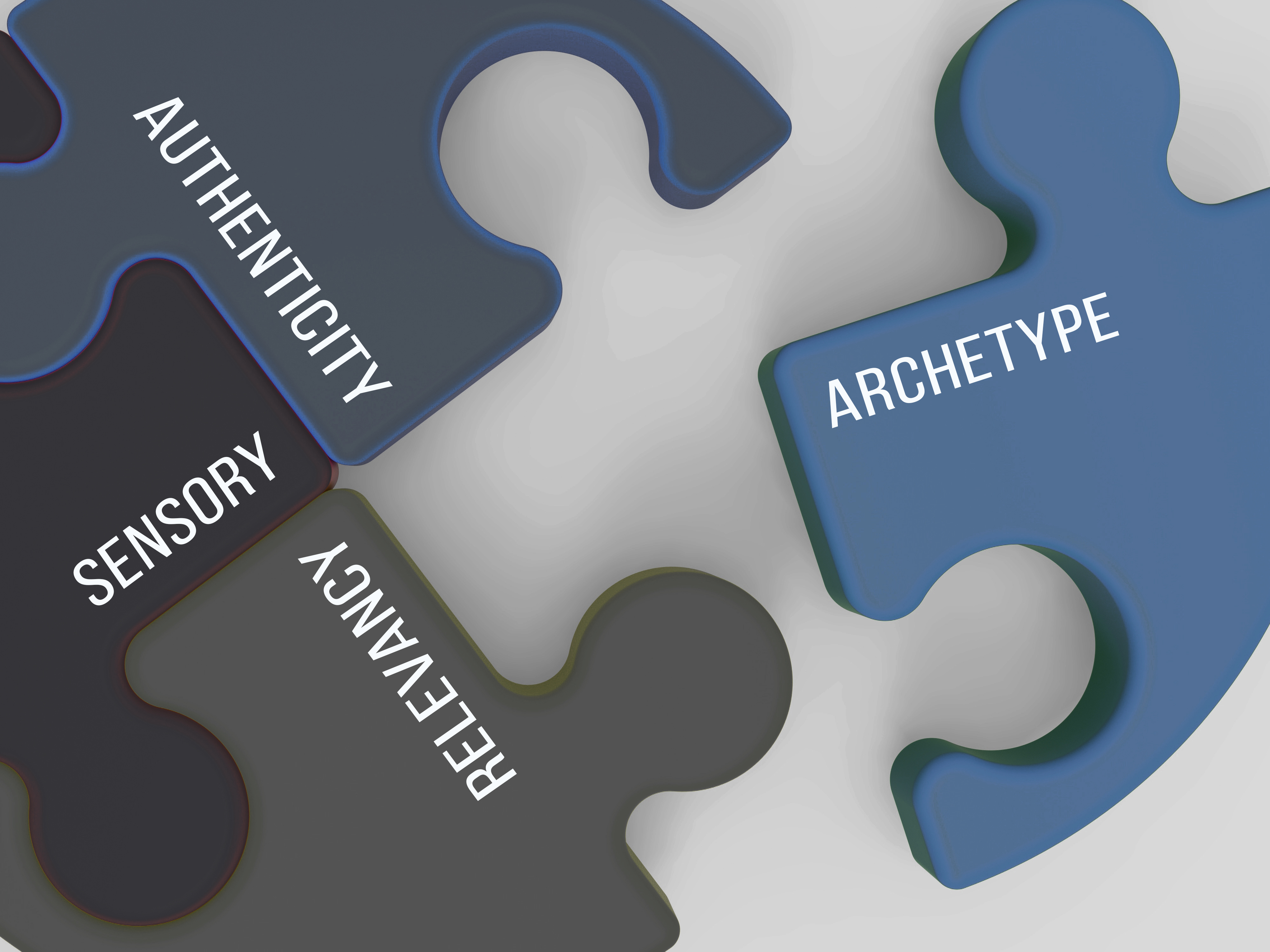
A Brief Look at Transmedia
Combining the art and science of Film, Media and Marketing and then transcending these forms across multiple communication platforms provide new ways of thinking, habits of mind as rich and different from each other as astronomy is different from philosophy. At another level, filmed storytelling is society’s gift to itself, linking expectation to memory, inspiring courage, enriching our celebrations, and making our human tragedies bearable.
Essentially, it’s not your logic but your heart that has the ability to find the most powerful story. Human beings are all the same in their truest essence. What tugs at your heart will be what your audience connects to. The story must focus on what you feel.
Stories are True Models of the Workings of the Human Mind, True Maps of the Psyche
If you want to comprehend the ideas behind the hero myth, there’s no substitute for actually reading Joseph Campbell’s book, The Hero with a Thousand Faces. Perhaps, it is one of the most influential books of the 20th century. His book and the ideas in it are had a major impact on writing platforms and storytelling, but above all on filmed presentations. Notable filmmakers like George Miller, Steven Spielberg, George Lucas, and Francis Coppola are indebted and owe their successes in part to the ageless patterns that Joseph Campbell identifies in this book.
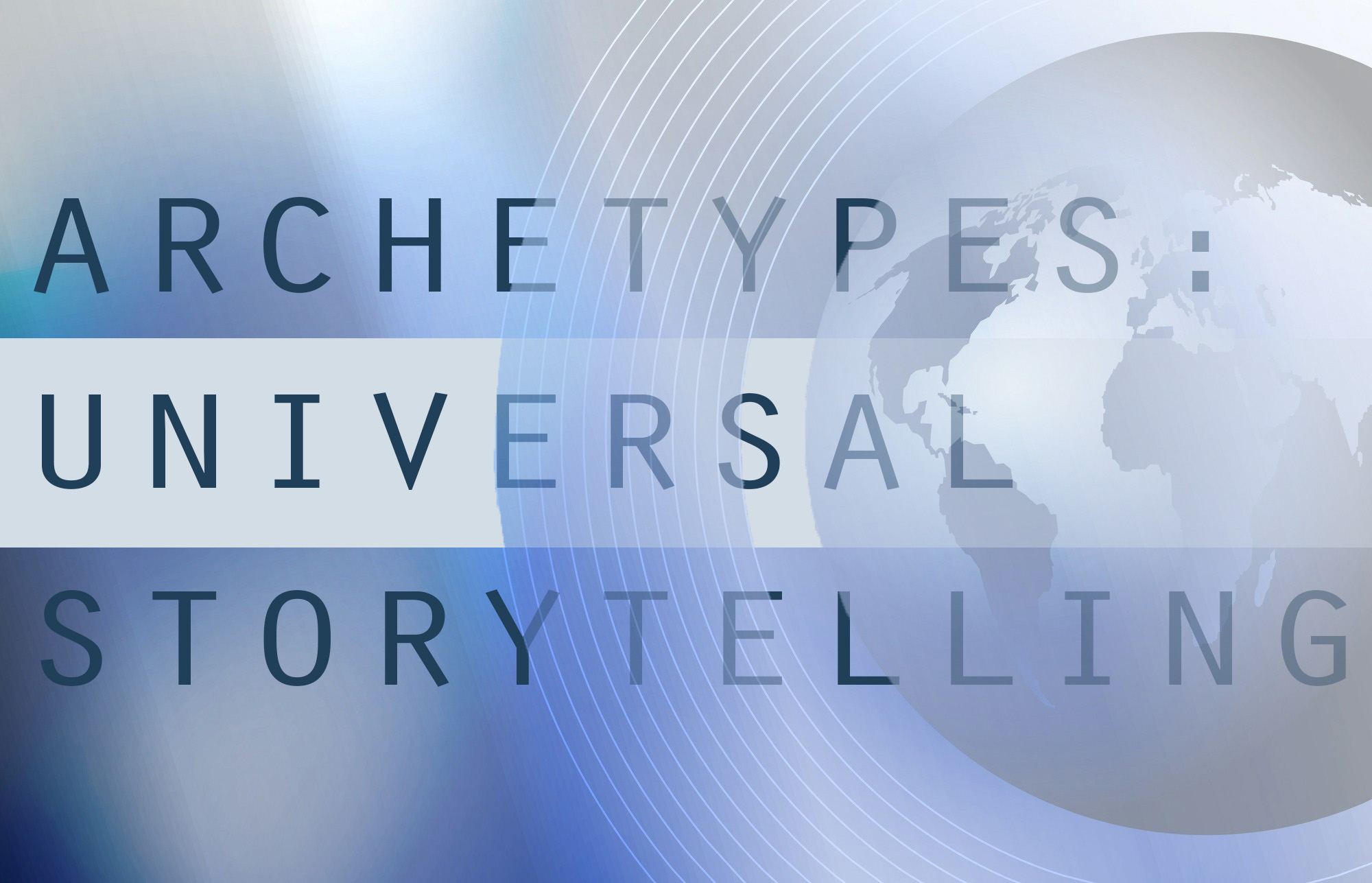
The Hero’s Journey, a Transmedia Story Pattern
The Hero’s Journey is a pattern of narrative storytelling identified by Joseph Campbell that appears in everything, such as marketing, drama, storytelling, myth, religious ritual, and psychological development. It describes the typical adventure of a particular archetype known as The Hero, the individual who goes out and achieves great deeds on behalf of the group, tribe, or civilization.
The ideas in The Hero with a Thousand Faces are older than the Pyramids, older than Stonehenge, older that the earliest cave paintings. Campbell solidified these concepts into one articulate mythological theory. He exposes the patterns that lie behind every story ever told. The psychologist, Carl Gustav Jung said that these archetypes reflect deep seated aspects of our own minds. Our own personalities encompass these archetypes to varying degrees.
Changing the sex and ages of your characters only makes it more interesting and allows for ever more complex web of understanding to be spun among them. The essential characters can be combined or divided into several figures to show different aspects of the same idea. The hero myth is infinitely flexible, capable of endless variation without sacrificing any of its magic, and it will outlive us all.
The Concept of “Archetype” in the Collective Unconscious
Each group is motivated by its respective orienting focus: ego-fulfillment, freedom, socialness and order. The archetypes are figures in a collective unconscious that Jung believed all humans shared. The collective unconscious contains instinctive drives and patterns of behavior that we all share as human beings. It includes the overall cellular memory of past ancestors that are located inside of the body and is passed on genetically. But Jung also perceived the collective unconscious as something we tap into by psychic means. We connect emotionally to archetypes because they are so universal.
Transmedia Storytelling: Out of the Campfire and Into Your Marketing Campaign
Transmedia stories have become a vital component of marketing. Stories help brands cultivate a personality and convey authenticity. They also grab and, more importantly, hold viewer‘s attention. The story archetype content fits into all the other Transmedia content that a viewer is consuming, such as your news articles, your photos on Instagram, or your YouTube videos.
The Three Sets: Ego, Soul, Self and the Twelve Notable, Recurring Archetypal Images
Fundamentally, each of us has archetypes that are dominant in our personalities and lives. With effective marketing techniques, one archetype tends to dominate the personality in general of your story. It can be helpful to know which archetypes are at play when crafting your messages. Although the number of archetypes is limitless, there are twelve notable, recurring archetypal images and these twelve types are divided into three sets: Ego, Soul and Self. Understanding the groupings will aid in understanding the motivational and self-perceptual dynamics of each archetype.
These three sets: Ego, Soul and Self, contribute to the fluidity or malleability of the Archetype because they are differently activated by the social situation and determine the nature of the working story motto concept. At the same time, the viewer’s individual hopes and fears, goals and threats, and the cognitive structures that carry them are defining features of the self-concept Archetype. These features provide some of the most compelling evidence of continuity of identity across time. The more senses that engage with Archetypes within stories, the stronger the impression you will make on your viewer. Incorporating these recurring Archetypal elements into your brand’s storytelling efforts will supercharge the impact and appeal of your branded content.
The Ego Types
Archetype: The Innocent
The innocent is virtuous, but naïve. Untouched by the stain of sin, the innocent wishes to see and be the good in the world.
Archetype: Every-man
This is the archetype of archetypes. The every-man represents the ordinary person in all of us, just wanted to lead an ordinary life, unburdened by pretense or flash.
Archetype: The Hero
The namesake of Campbell’s book, the Hero is the central figure in many of the world’s most ancient texts. The Hero finds himself with a journey to complete and an enemy to defeat, and reflects our desire to conquer.
Archetype: The Caregiver
The caregiver is an example of love and self-sacrifice. The caregivers of the world are the ones who offer refuge to the homeless, food for the hungry, drink for the thirsty, care for the sick, and mercy for the downtrodden. The Good Samaritan in all of us longs to fulfill the role of caregiver.
The Soul Types
Archetype: The Explorer
The explorer travels the world, and seeks to see all that there is to see, to know what is unknown. Finding new worlds and blazing trails are the bread and butter of the explorer archetype.
Archetype: The Rebel
Rather than searching for a new world, rebels would rather create one in the shell of the old. A revolutionary at heart, the rebel seeks radical freedom and justice by any means necessary.
Archetype: The Lover
The lovers love and seek to be loved. They desire intimacy and are empowered by sensuality and affection. Yet it does not only reflect romantic or erotic love, but friendship as well.
Archetype: The Creator
The creator can also be thought of as an artist. They have a vision and want to implant that vision into the world by means of art, music, literature, or any other type of creative endeavor.
The Self Types
Archetype: The Jester
We all love to laugh, and the jester will help us to do so. By pointing to the absurdities of the world, the jester lightens the mood and teaches us to laugh at ourselves.
Archetype: The Sage
The sage seeks knowledge and wisdom and seeks to dispense it to the world. The sages of the world wish to dispel ignorance and establish true wisdom as the highest virtue.
Archetype: The Magician
The magician brings the creator and sage together. The magician wishes to grasp the laws of the universe, and then shape and bend them. By manipulating the world around them, the magician creates change.
Archetype: The Ruler
The ruler is a strategist of power, politics, and playing the game. The ruler wields authority to either benefit himself or his subjects. Desire for control shapes the rulers ambitions, and enables them to balance the competing forces around them.
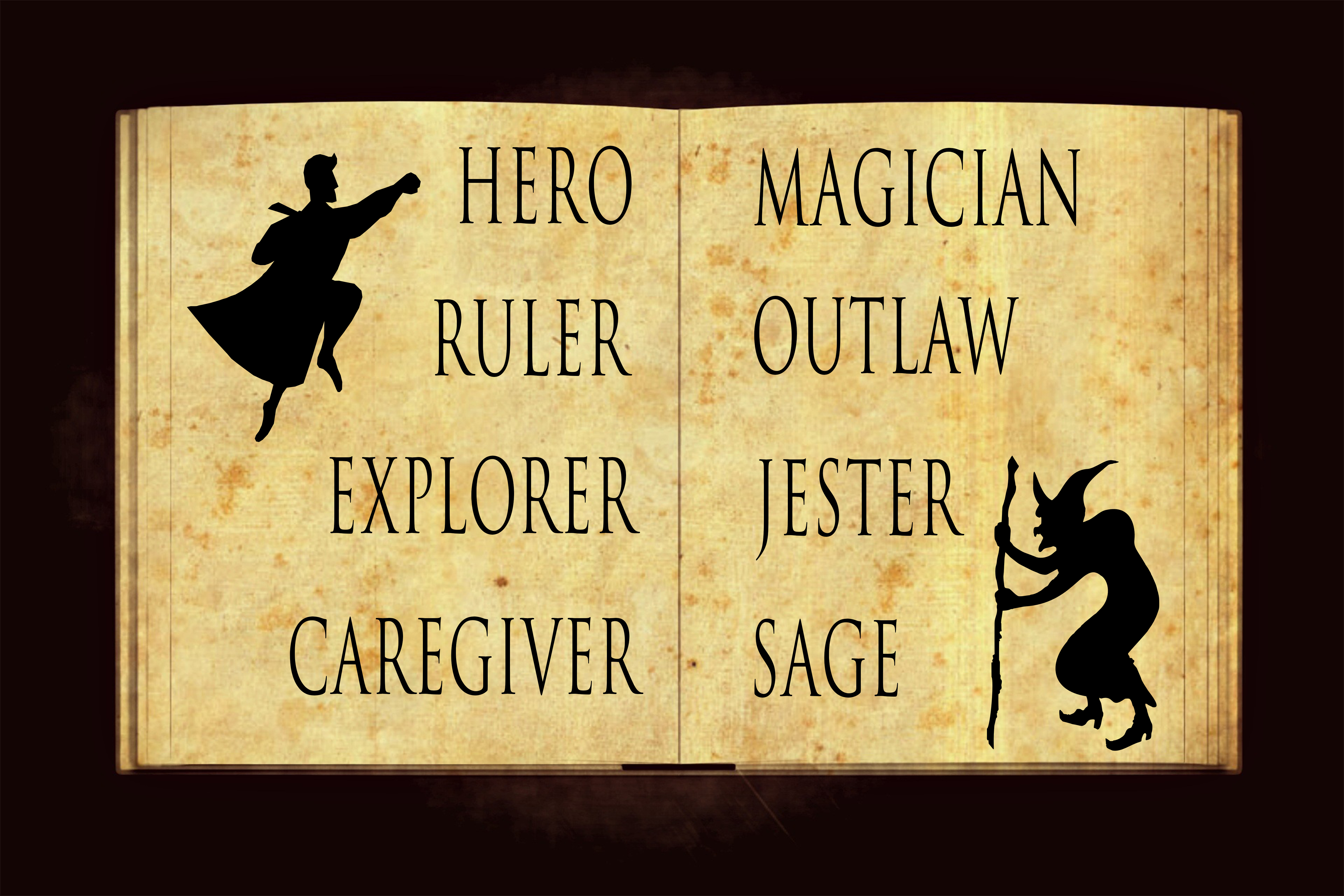
How to use archetypes and narrative approaches in your branded Transmedia Storytelling
One of the primary things which is essential to understand is this: Which archetype best responds to your company tenets and mission? Once you have defined the best archetype commonly shared by your company and your audience, you can translate this archetype and its symbolism into your brand storytelling. Ultimately, the archetypal approach to branded storytelling can help in some of the following ways;
- Identify your most powerful branding tool—a communication “Transmedia storyline” that casts an Archetype as the central figure in compelling, enduring stories which convey your origination’s unique value proposition;
- Develop and articulate a clear, compelling corporate identity which captures what is most meaningful and motivating about your organization;
- Translate your vision, values, and purpose into transmedia messages that connect with and inspire others;
- Communicate more powerfully and persuasively in all your communication; and
- Create an attraction for new markets for your endeavors that will become a lasting business asset.
These Archetypes have helped our clients to tell Transmedia stories across the hospitality, architecture, financial, healthcare, professional services industries and the non-profit sector. If you now understand that Transmedia marketing is the key to unlocking stories, attracting opportunity and engaging viewers, we’d love to collaborate in bringing your corporate vision to life.
AUTHORS INSIGHT:
Concluding Thoughts to Help You Navigate This White Paper Series
By understanding the relevant parts of your story as it lives in the hearts and minds of your viewers, you then can identify niche content areas that your brand can own in the marketplace you serve.
In light of video’s increasing prevalence on social networks, this series of White Papers are created for you, to provide insight to the new world of Transmedia marketing strategies, including best practices, ideas and case studies, and real-world specifications.
Transmedia Storytelling is an increasingly accepted way to achieve management goals through the power of narrative as thought leaders.
The Power of Narrative
Do stories really have a role to play in the business world?
Many executives operate with a particular mind-set. Analysis is what drives business thinking. It cuts through the fog of myth, gossip, and speculation to get to the hard facts. It goes wherever the observations and premises and conclusions take it. Its strength lies in its objectivity, and its impersonal nature, however stated, Facts tell, but Stories sell.
Yet this strength of fact is also a weakness. Analysis might excite the mind, but it hardly offers a route to the heart. And that’s where one must go if we are to motivate people not only to take action but to do so with energy and enthusiasm. At a time when corporate communication often requires disruptive change, leadership involves inspiring people to act in unfamiliar, and often unaccustomed, ways. Mind-numbing cascades of numbers or daze-inducing PowerPoint slides won’t achieve this goal. Even the most logical arguments usually won’t do the trick.
But effective Transmedia Storytelling often does. In fact, in certain situations nothing else works. Although good business arguments are developed through the use of numbers, they are typically approved on the basis of a story—that is, a marketing narrative that links a set of events in some kind of causal sequence. Transmedia Storytelling can translate desiccated and abstract numbers into compelling pictures of a leader’s goals.
“Story outcomes” are the basis of what behaviorists define as a sequence of a decision making order. We first perceive, based on incoming observational thoughts that are then turned into beliefs which provide an outcome of attitudes. Put another way, Thoughts = Perceptions = (goes into) Beliefs = (turns into) Attitudes.
In conclusion, The Power of Narrative is as old as civilization. It not only has a process of implementing sequential, chronological information, but it also has the most important element of synthesizing information far different then facts alone. Combining the use of digital technology with communication you now have the ability to create a platform of Transmedia marketing in a whole new way.
CITED IN THIS WHITE PAPER
*Published by John Wiley & Sons, Brainfluence is available at Amazon.com, Barnes and Noble.
The Heroes Journey, full documentary – Joseph Campbell
https://www.youtube.com/watch?v=ubfR95hd4D4
Joseph Campbell was an American mythologist, writer and lecturer, best known for his work in comparative mythology and comparative religion. His work covers many aspects of the human experience. His philosophy is often summarized by his phrase: “Follow your bliss.”
http://www.jcf-myth.org/about-joseph-campbell/
 Joe Arco
Joe Arco
President
Email: joe@mmg-1.com
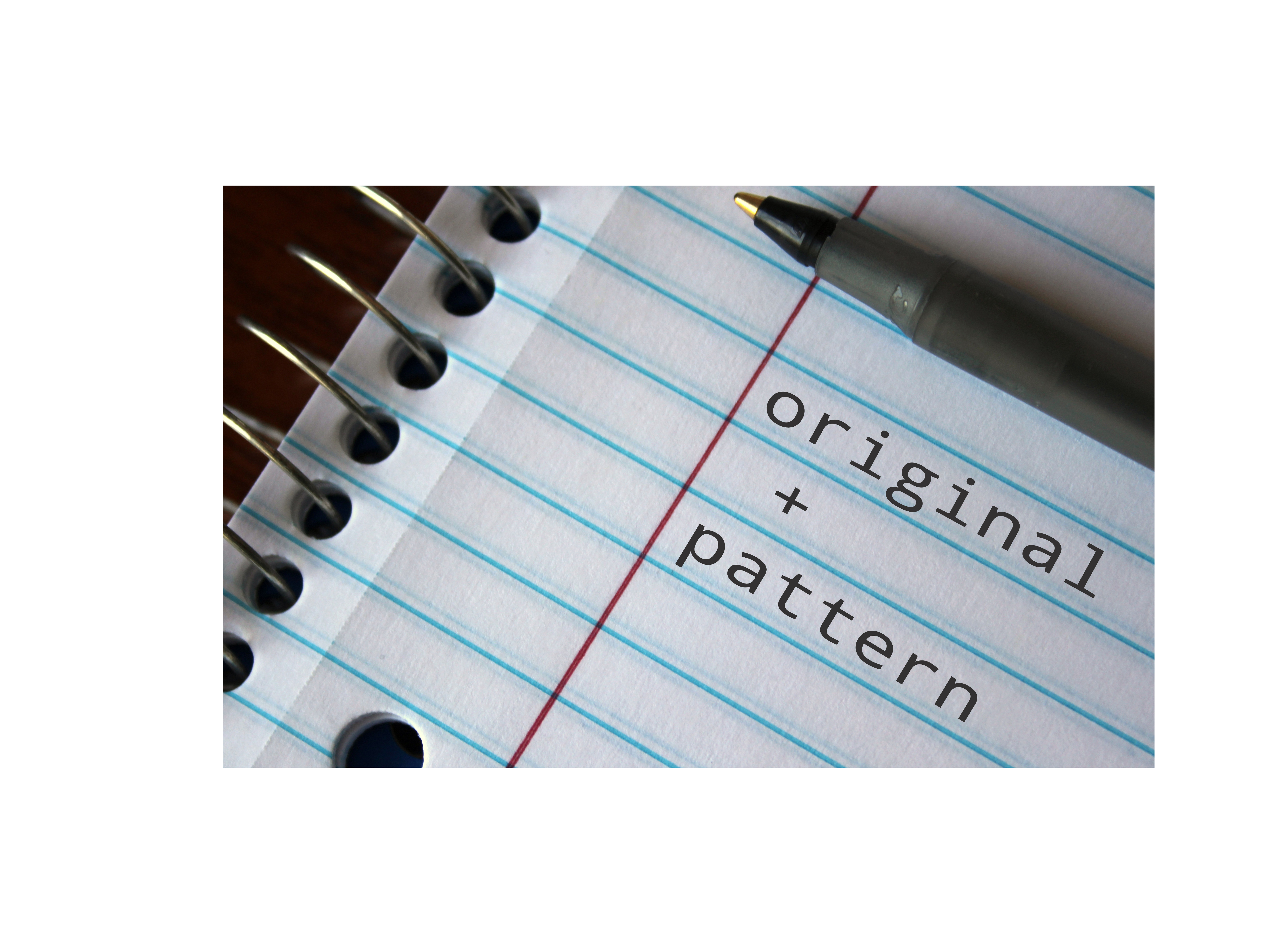
Recent Comments